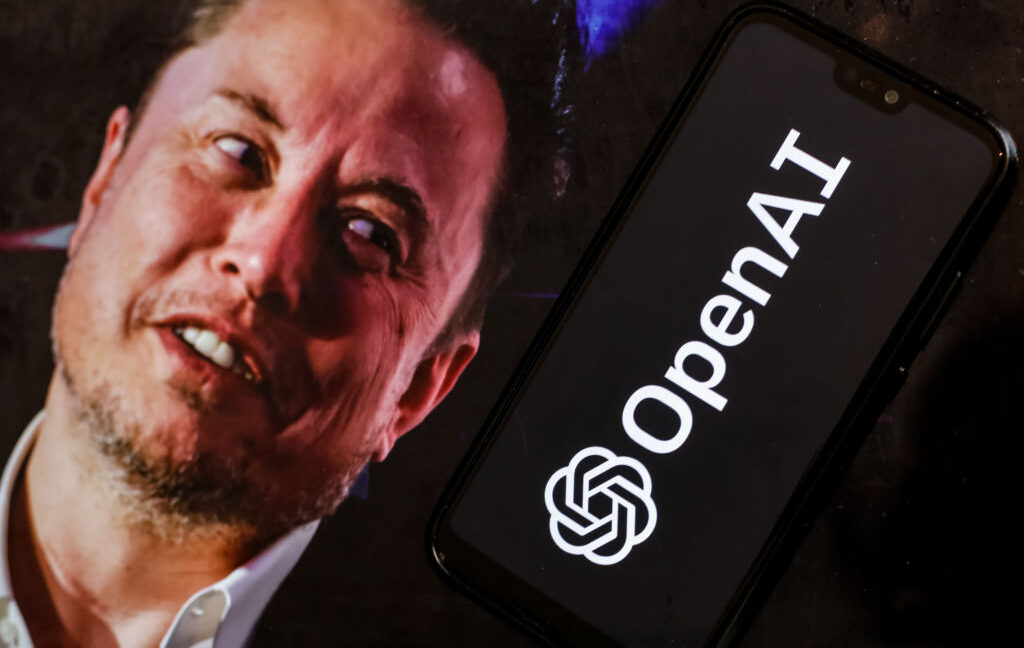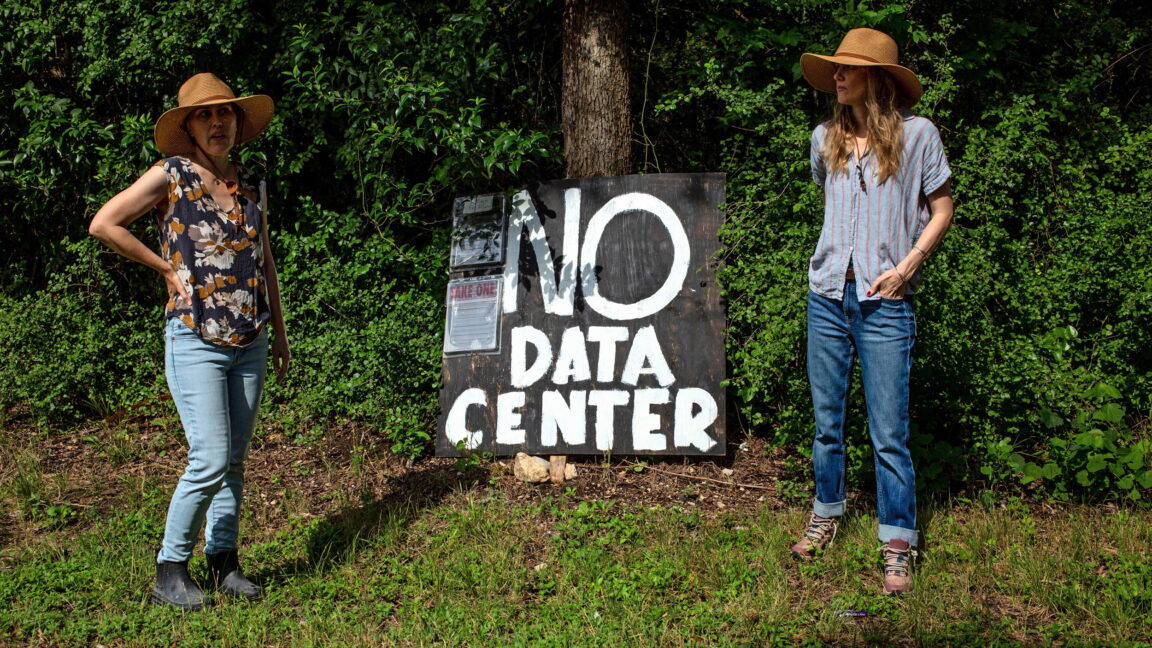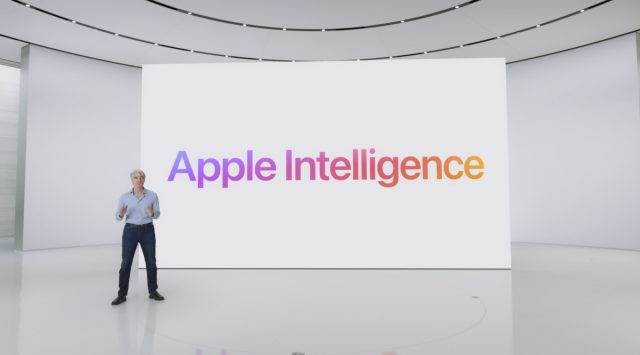Introduction to AI-Generated Art
One of the most conspicuous features of generative AI tools is their accessibility. With no training and in very little time, you can create an image of whatever you can imagine in whatever style you desire. That’s a key reason AI art has attracted so much criticism: It’s now trivially easy to clog sites like Instagram and TikTok with vapid nonsense, and companies can generate images and video themselves instead of hiring trained artists.
The Positive Side of AI Art
Henry Daubrez, an artist and designer who created the AI-generated visuals for a bitcoin NFT that sold for $24,000 at Sotheby’s and is now Google’s first filmmaker in residence, sees that accessibility as one of generative AI’s most positive attributes. People who had long since given up on creative expression, or who simply never had the time to master a medium, are now creating and sharing art, he says.
The Role of Imagination and Artistic Sensibility
But that doesn’t mean the first AI-generated masterpiece could come from just anyone. “I don’t think [generative AI] is going to create an entire generation of geniuses,” says Daubrez, who has described himself as an “AI-assisted artist.” Prompting tools like DALL-E and Midjourney might not require technical finesse, but getting those tools to create something interesting, and then evaluating whether the results are any good, takes both imagination and artistic sensibility, he says: “I think we’re getting into a new generation which is going to be driven by taste.”
AI Art in Museums and Collections
Kira Xonorika’s Trickster is the first piece to use generative AI in the Denver Art Museum’s permanent collection. This indicates a growing acceptance of AI art in the traditional art world. However, the idea of AI as a co-creator—or even simply as an artistic medium—is still a long way from widespread acceptance.
The Unpredictability of AI
Making art with AI can require relinquishing control—to the companies that update the tools, and to the tools themselves. For Kira Xonorika, a self-described “AI-collaborative artist” whose work explores themes such as indigeneity and nonhuman intelligence, that lack of control is part of the appeal. “[What] I really like about AI is the element of unpredictability,” says Xonorika. “If you’re open to that, it really enhances and expands ideas that you might have.”
Challenges and Criticisms
But the idea of AI as a co-creator—or even simply as an artistic medium—is still a long way from widespread acceptance. To many people, “AI art” and “AI slop” remain synonymous. And so, as grateful as Daubrez is for the recognition he has received so far, he’s found that pioneering a new form of art in the face of such strong opposition is an emotional mixed bag. “As long as it’s not really accepted that AI is just a tool like any other tool and people will do whatever they want with it—and some of it might be great, some might not be—it’s still going to be sweet [and] sour,” he says.
Conclusion
The use of generative AI in art is a rapidly evolving field, with both positive and negative aspects. While it has made art more accessible to people who may not have had the time or skill to create before, it also raises questions about the role of human creativity and the value of art. As the technology continues to improve and become more widely accepted, it will be interesting to see how it changes the way we think about and interact with art.
FAQs
Q: What is generative AI art?
A: Generative AI art is a type of art that is created using artificial intelligence algorithms. These algorithms can generate images, videos, and other forms of art based on prompts or inputs from humans.
Q: Do I need to be a skilled artist to create AI art?
A: No, you don’t need to be a skilled artist to create AI art. Generative AI tools are designed to be accessible to anyone, regardless of their artistic skill level.
Q: Is AI art considered "real" art?
A: The question of whether AI art is considered "real" art is a matter of debate. Some people see AI art as a legitimate form of artistic expression, while others view it as inferior to human-created art.
Q: Can AI art be sold and valued like traditional art?
A: Yes, AI art can be sold and valued like traditional art. In fact, some AI-generated art pieces have sold for thousands of dollars at auction.
Q: What are the potential drawbacks of using AI in art?
A: Some potential drawbacks of using AI in art include the loss of human creativity and the potential for AI-generated art to be seen as inferior or less valuable than human-created art.










